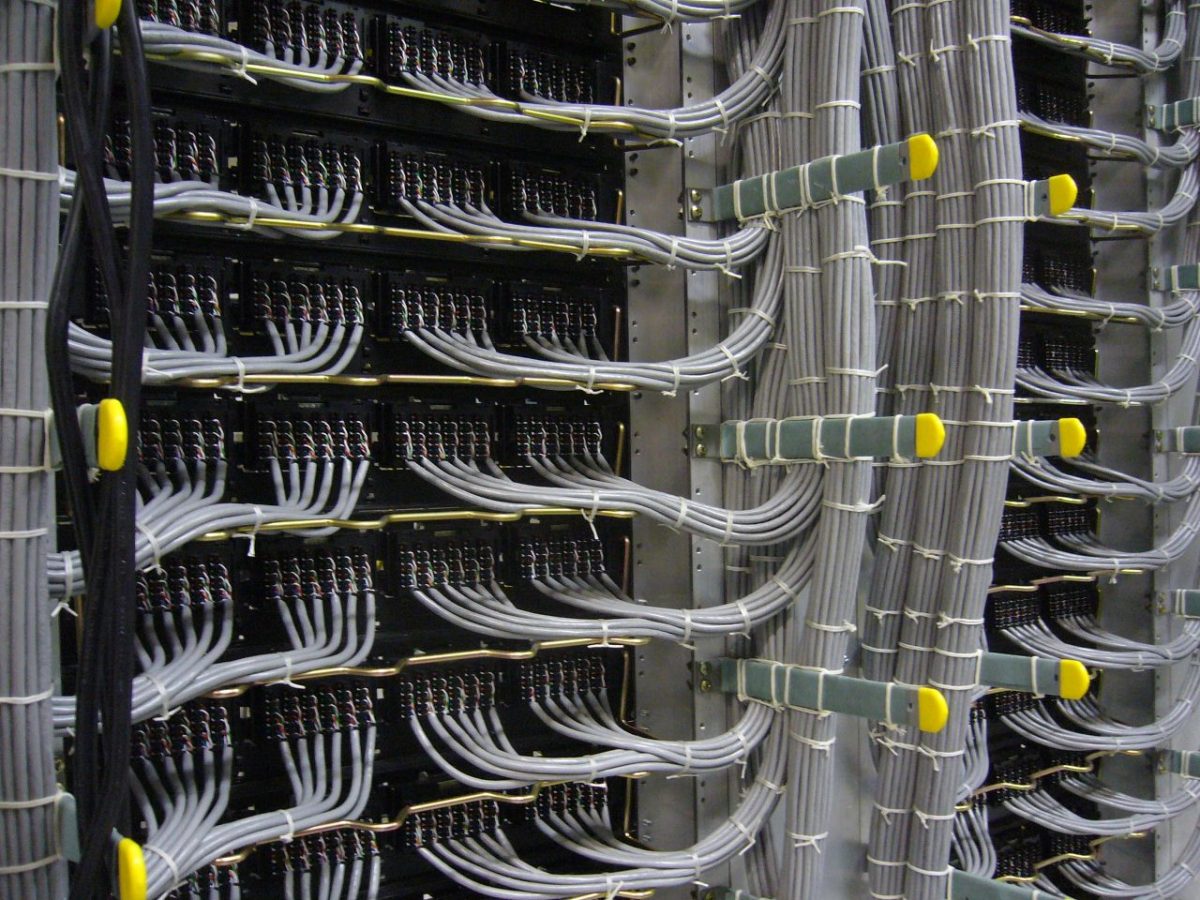AI in Art
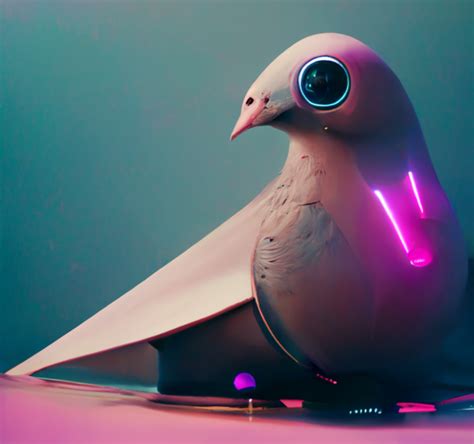
October 9, 2022
On September 15, the US government issued the first copyright to an artificial intelligence-created comic book, Zarya of the Dawn. Created using the Latent Diffusion AI, Zarya is one of a number of AI-assisted art projects that have begun popping up all over the internet. And now that these tools are available to the public (I could put one on the very computer that I’m using to write this for free!), debate over the role of AI in art has only intensified. Is AI valid tool for art or is it just a system for displacing artists?
This is not the first time than an alarm has been raised about innovations threatening art. New developments usually provoke similar responses to the outcry we are seeing right now. In his article “AI wins state fair art contest, annoys humans,” Ars Technica writer Benj Edwards compares the emergence of diffusion AIs with the invention of the camera in the 19th century, which artists worried would render painting obsolete, noting that “human fine art painters are still around today.” Although comparing AI to photography is an apples-to-oranges scenario, Edwards’s comparison has merit: just because AI is currently a sort of in competition with digital artists doesn’t mean it has to displace them.
That isn’t to discount the very real danger of plagiarism that AI art presents. Systems such as the Latent Diffusion AI and Midjourney are “trained” by data sets built from hundreds, if not thousands, if images pulled from the internet—including the original works of many artists, used without their consent to “teach” AI how to emulate their style. Since art AIs usually generate images from a prompt, users often include the name of an artist or several artists to achieve consistency across a series of generated images. Artists have raised alarms about theft of intellectual property after discovering their pieces in training sets, especially since some users of Latent Diffusion have sold generated images to stock photo websites such as Getty Images. Clearly, artists have had some success—as of this writing, Getty Images no longer accepts AI-generated images.
How is training an AI different from learning to mimic an artist’s style, or working within a particular genre of art? Well, for human artists, copying a style still takes a certain level of effort, and many stylistic techniques are shared across artists within a particular area. Human artists who learn a certain genre of drawing or painting are still distinct, with their own thoughts and themes in their work, while AI art feels more derivative—perhaps because it takes less effort to generate something via a prompt than the old-fashioned way of making art by hand.
As a whole, AI is still in an odd limbo when it comes to its place in society. While it has been openly embraced for its utilities in many fields—such as the AlphaFold protein AI in biology—it also raises many concerns, especially in the world of the arts. With proper protections in place for existing artists and clearer lines on what is and isn’t allowed for use in training Midjourney and other programs, I suspect that, much like the camera, AI could become a permanent fixture in art. Perhaps it will even merit its own category at an art fair.



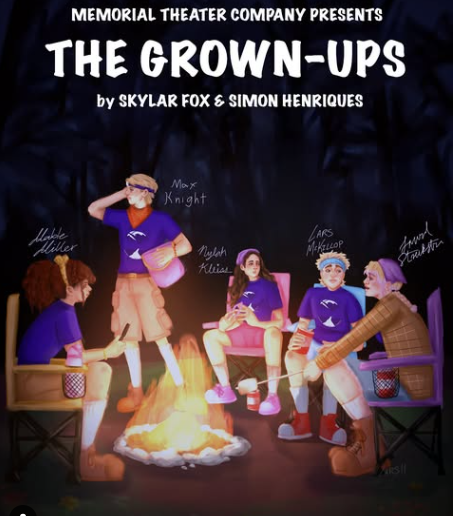






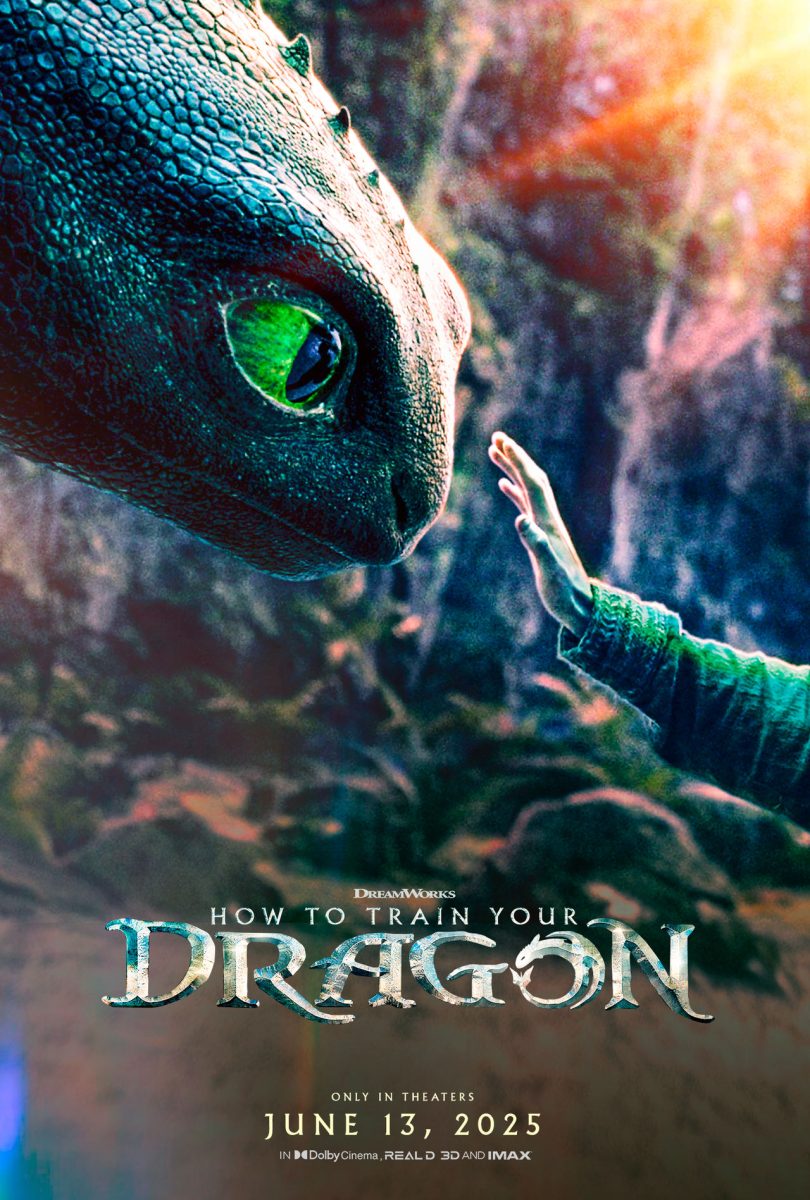

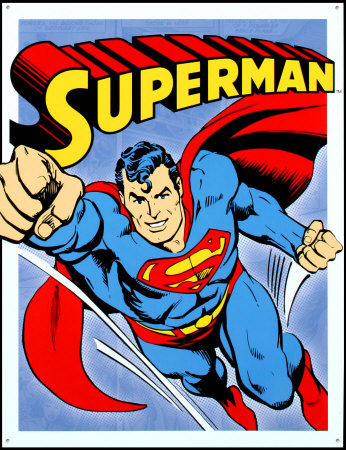
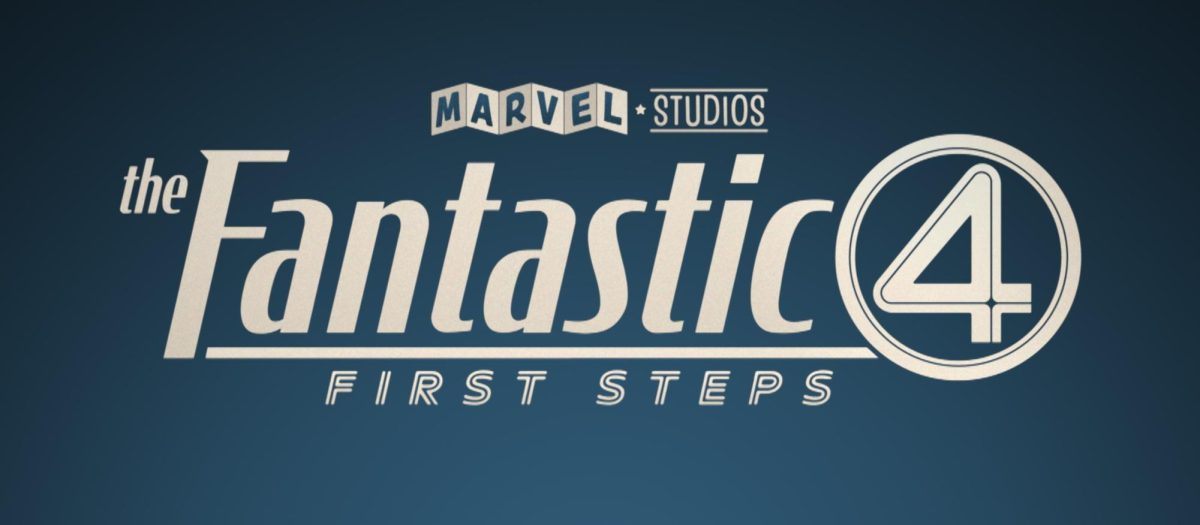











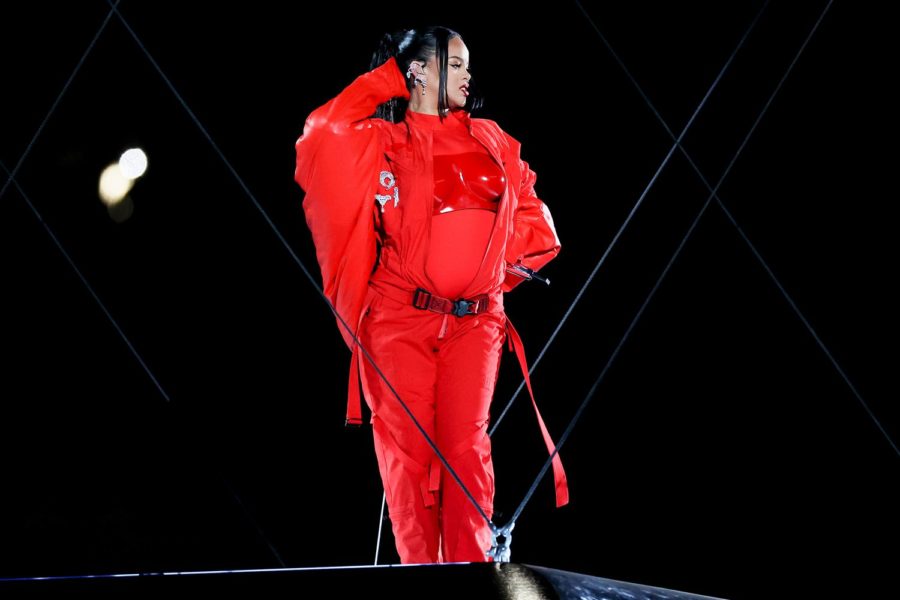


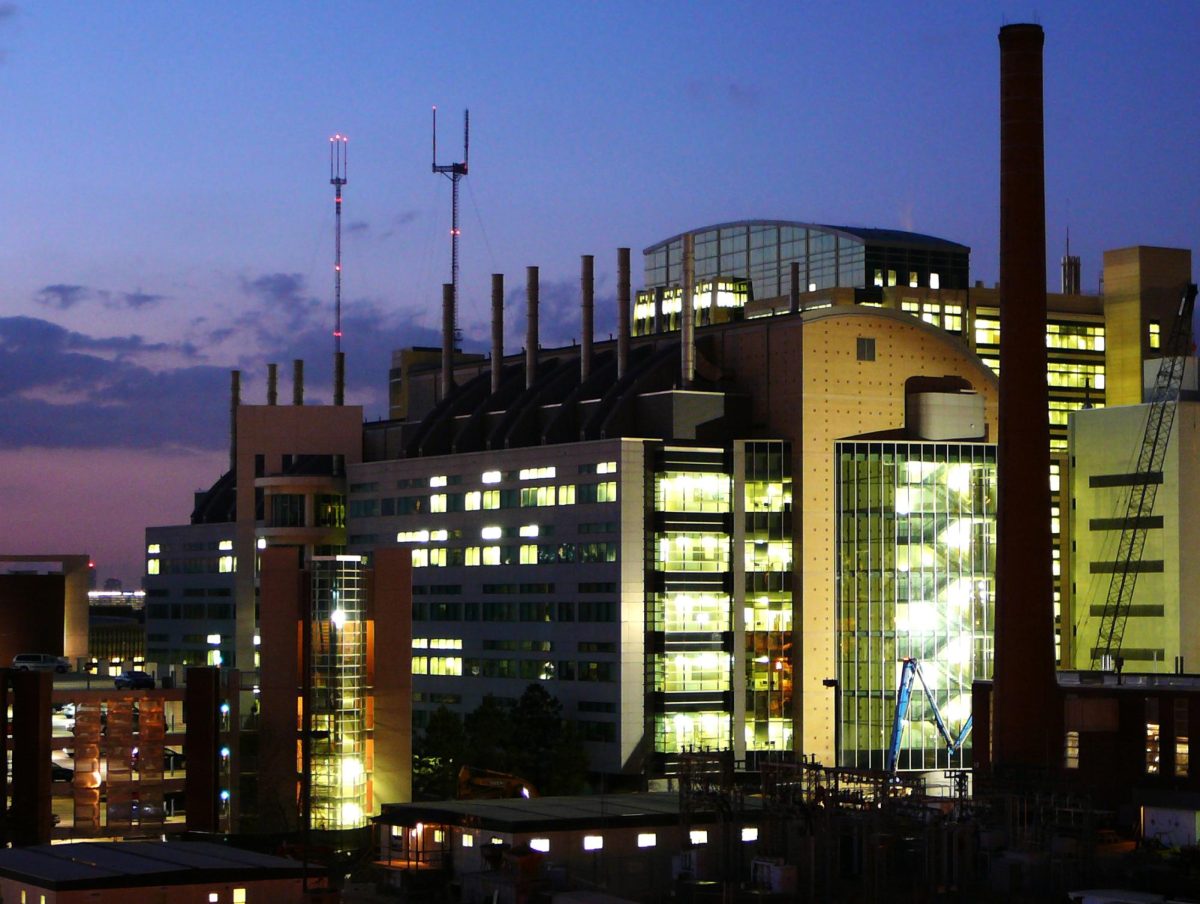


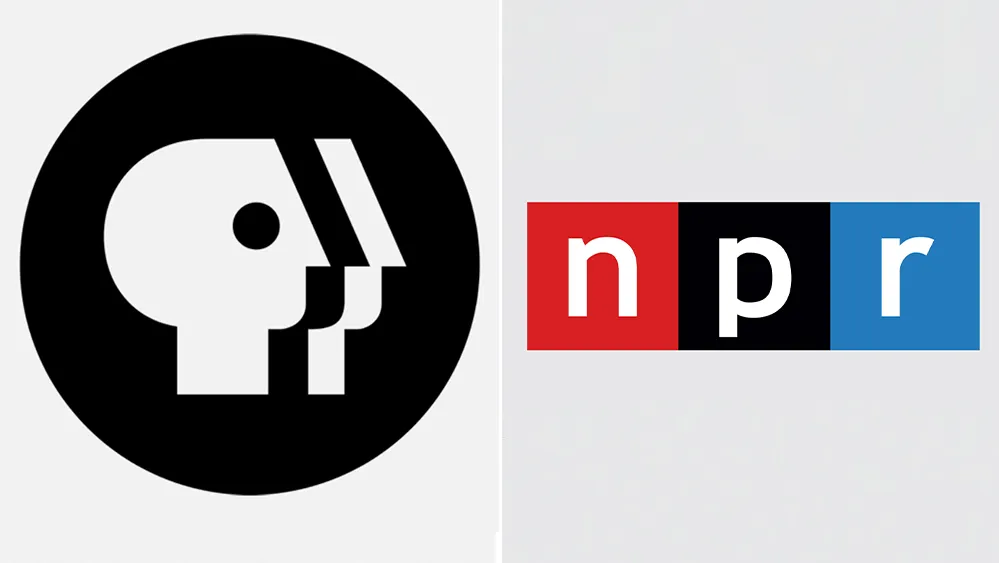
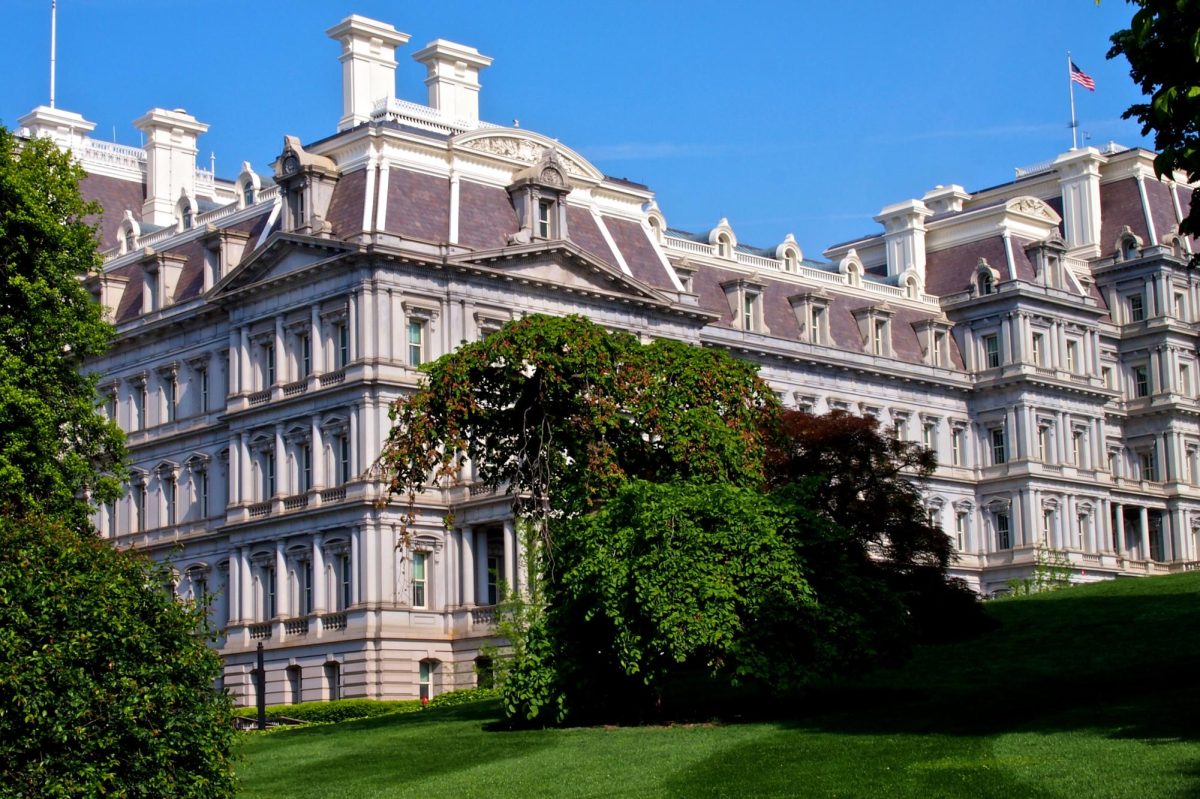



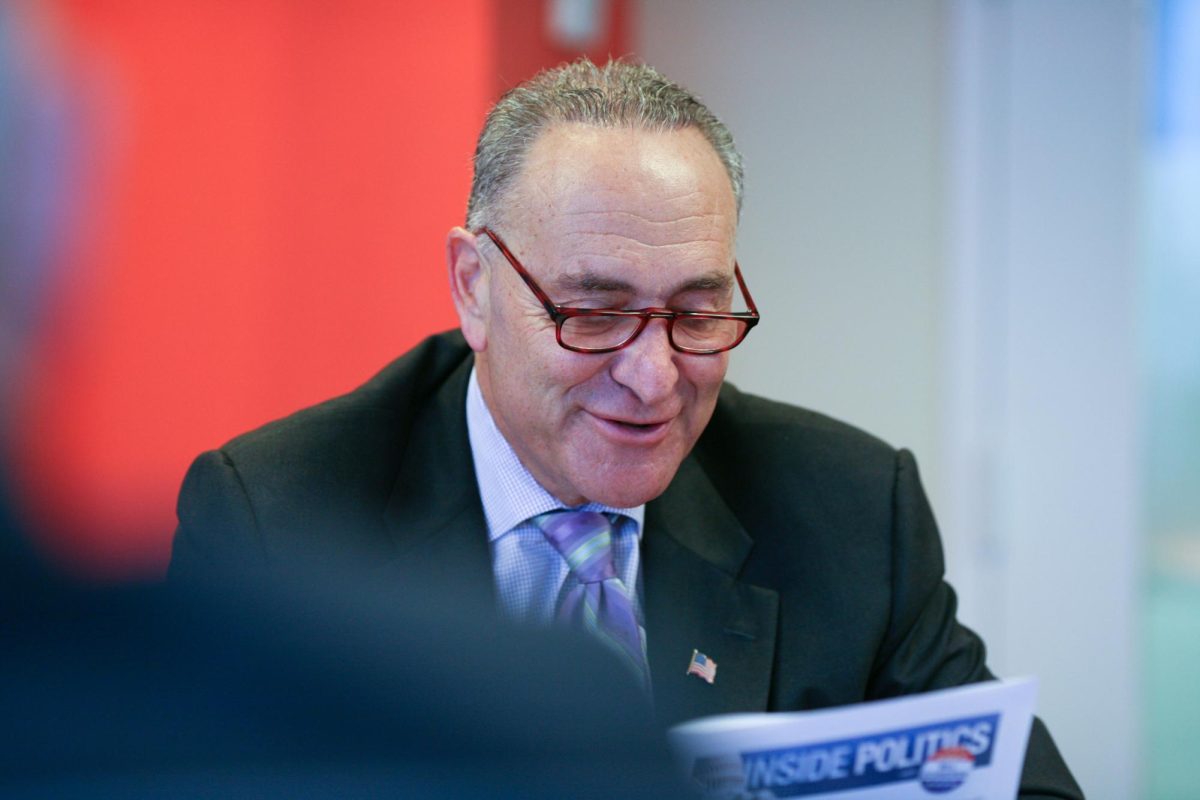
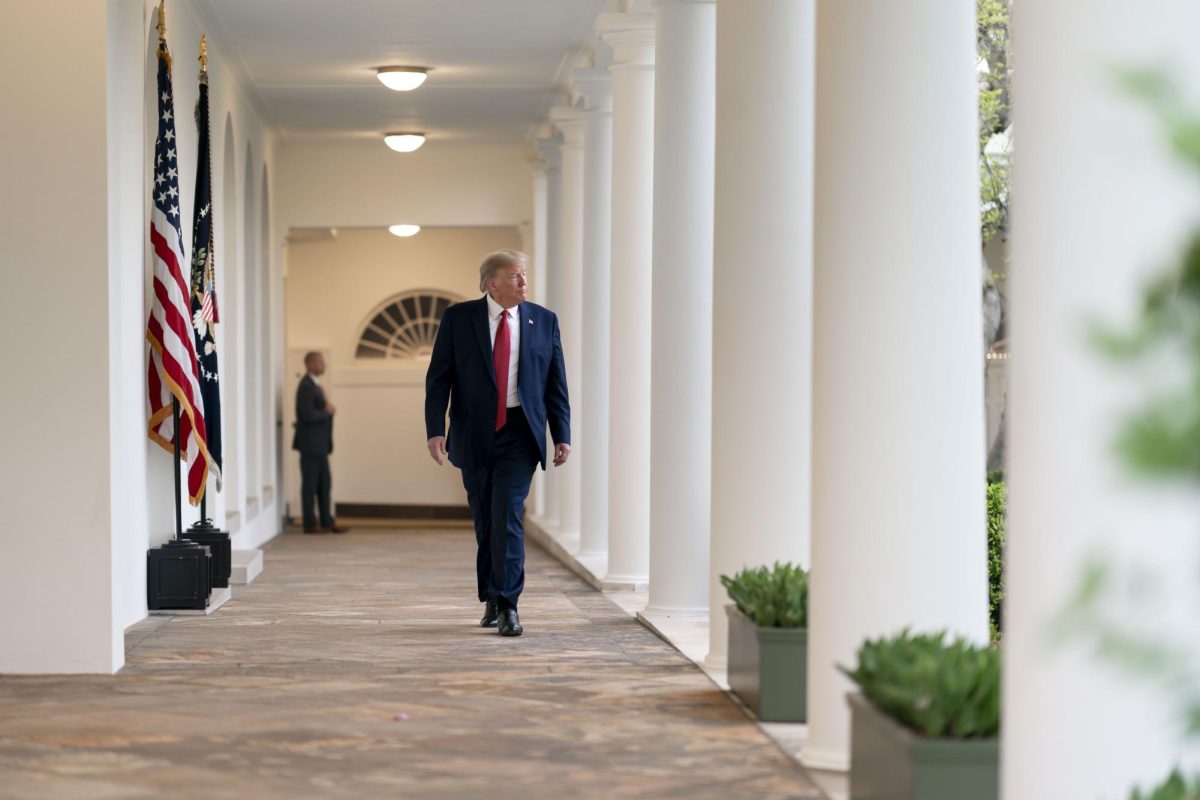


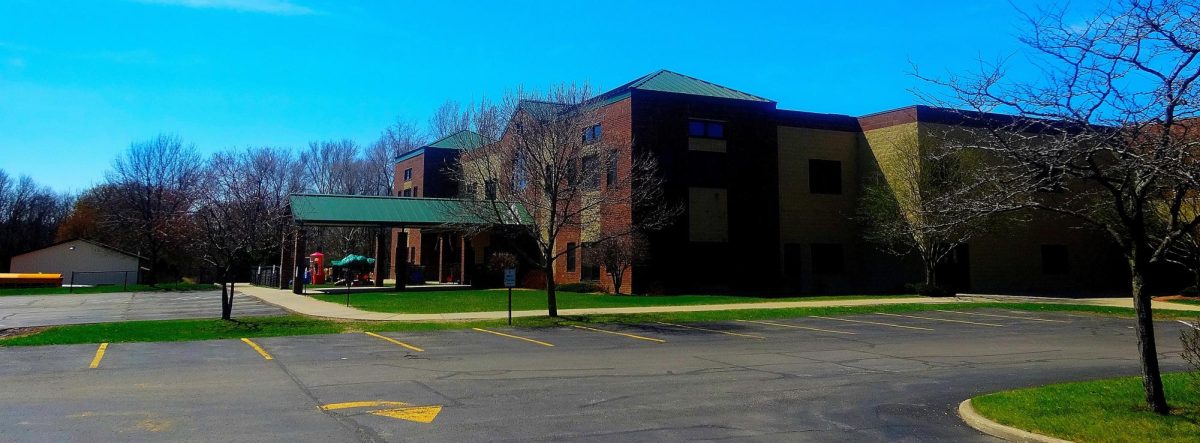
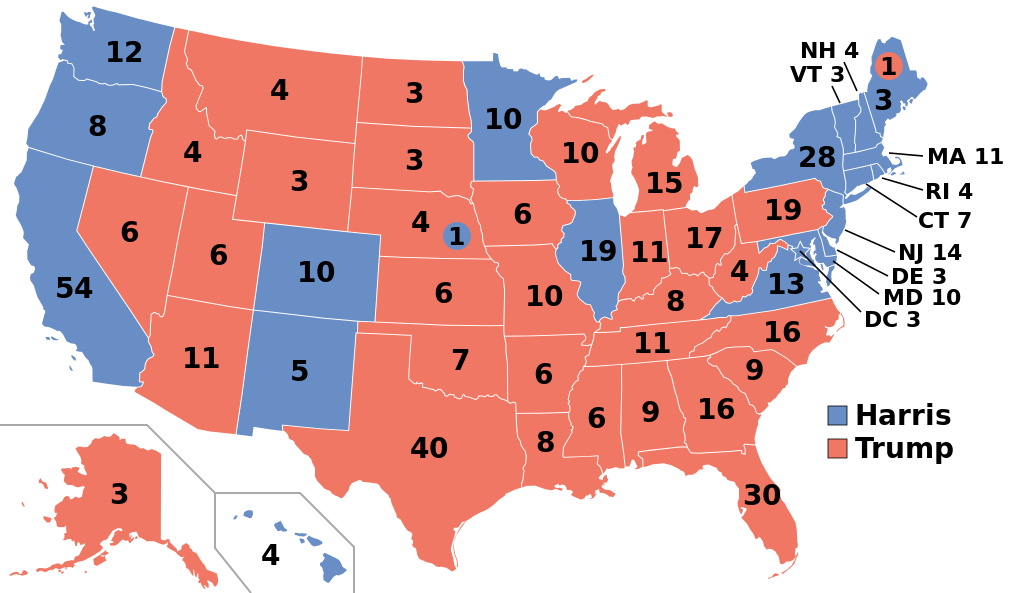
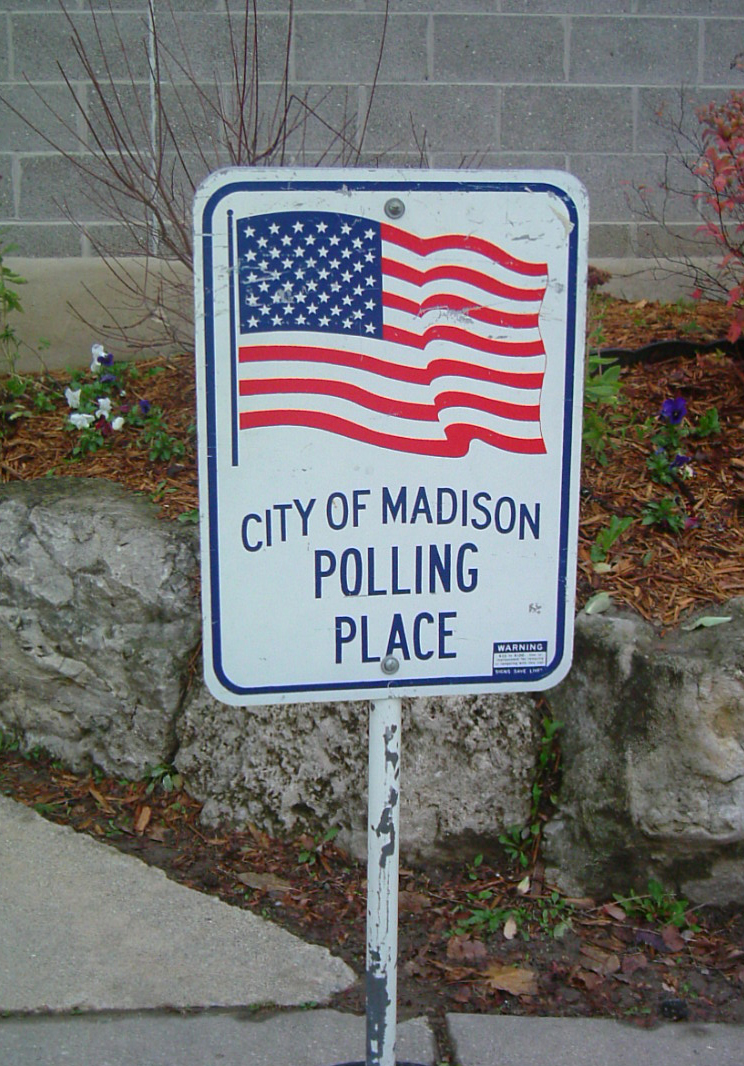





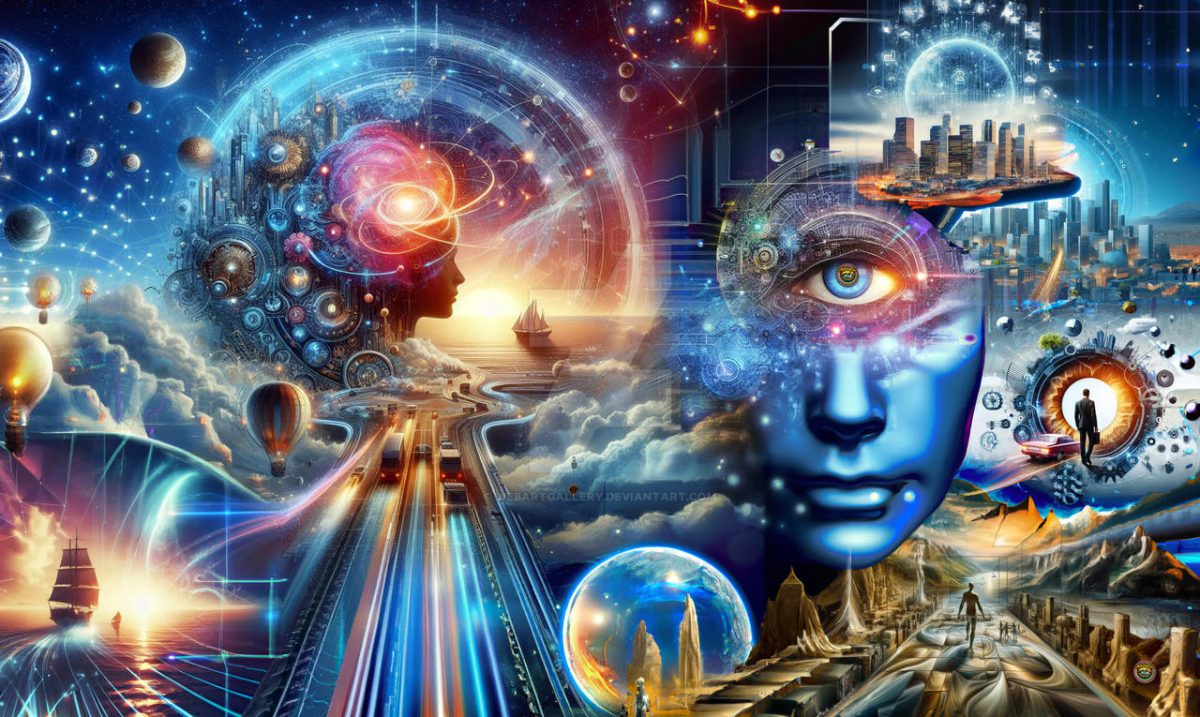
![Image credit to [puamelia]](https://memorialswordandshield.com/wp-content/uploads/2025/08/3435027358_ef87531f0b_o-1200x803.jpg)
